Many careers in aviation are possible without ever climbing into a cockpit. If you’re looking to begin an aviation career, follow these steps to become a flight dispatcher.
The most well-known job associated with aviation include people passengers see the most, such as pilots, flight attendants, and gate agents. Most people are also aware of the importance of ramp crews, aviation mechanics, and air traffic controllers. However, many flight dispatchers find themselves explaining what they do for a living to the public. The truth is that flight dispatchers are an important part of the aviation family and are vital components of conducting a flight safely from initial taxi to when the airplane’s wheels stop on landing.
What is a Flight Dispatcher?
Flight dispatchers assist pilots in confirming flight plans, ensuring compliance with Federal Aviation Administration (FAA) rules, and relaying safety information. They help to calculate the aircraft’s minimum fuel needs, as well as its limitations in flight. They also ensure that an airplane crew is not working outside its required rest rules and provides alternate flight paths in the event of inclement weather. Working with weather conditions at the takeoff point and landing, as well as along the proposed route, is perhaps the flight dispatcher’s most important job.
They work not only with large airliners, but also charter operations. It is a fast-paced career which demands adherence to structure, an eye for detail, commitment to a healthy safety culture, and strong communication skills. Recurrent training is often necessary, and the FAA requires flight dispatchers to spend five hours in the cockpit once a year to maintain familiarity with cockpit conditions.
Some might be surprised to hear that the dispatcher’s job is of such importance that he or she is considered jointly responsible for the safety of the flight with the pilot in command. Flight dispatchers have the power to cancel a flight. The dispatcher must sign a dispatch release before each flight, confirming that it is authorized to go. Providing incorrect or miscalculated information might have severe consequences. In addition to confirming the aircraft’s technical fitness to fly, they must also do their best to keep the airline’s flights on schedule.
The information relayed by the flight dispatcher ensures that the crew is not alone in gathering vital data for the flight. This not only saves time for the crew, but it helps to prevent groupthink and confirmation bias in the cockpit. They ensure that a second pair of eyes independent of the crew is examining the parameters of the flight and accurately judging the safety of it.
Who Can Become a Flight Dispatcher?
Flight dispatchers are not required to hold a college degree (although this is often preferred amongst employers.) They must however, undergo training with an FAA-certified course provider. The best places to find these are at aeronautical universities. After completing the training, flight dispatcher hopefuls must complete a two-part exam. Another route to a job as a flight dispatcher is to have two years of recent experience related to the position, such as in a military assignment.
Just like pilots, flight dispatchers must successfully complete a written test, as well as a practical one. The written test demands thorough knowledge of basic aviation principles to include policies and federal regulations. While taking the practical exam, the dispatcher is asked to implement security-related procedures, demonstrate the ability to manage risk properly, and show an understanding of weather conditions which are potentially hazardous. To take the written part of the test, a dispatcher must be at least 21. The practical portion, however, cannot be taken until the dispatcher is 23.
Finding a Good Training Center
Those seeking employment as a flight dispatcher have a few choices when it comes to selecting the best place to gain required FAA training. Some small flight schools offer it and others might find it at a general community college. Aviation universities, however, are usually the best place to find the most complete training as a flight dispatcher.
Not only are the FAA requirements met, the dispatcher hopeful also enters into a full aviation community, usually with pilots, future aircraft mechanics, aviation business majors, pending air traffic controllers, other flight dispatchers, and aeronautical engineers. Mixing on an academic and social level with so many different members of the fields which make aviation work make for a more holistic flight dispatcher. He or she learns about human factors, forms a better understanding of what goes on in the cockpit, discusses what makes for solid aircraft design, and learns good communication skills.
Aeronautical universities also offer flight dispatchers an instant network. They know where to go to ask specific questions of pilots, meteorology majors, and mechanical engineers. Future flight dispatchers can also internship in a related field for academic credit, as well as gain access to a glimpse of what a flight dispatcher does on a daily basis. These intangible advantages can help the dispatcher confirm his or her career choice, solidify connections outside of the classroom, and provide an opportunity to become familiar with both major and smaller employers. Some aeronautical universities even host job fairs which can put flight dispatch students directly in touch with those seeking to hire them.
Employment as a Flight Dispatcher
The job trajectory of flight dispatchers is often the same as pilots who choose to enter the airline industry. Rarely do newly minted flight dispatchers find work directly for a major airline. Instead, flight dispatchers tend to work for regional airlines first, then advance to a larger carrier.
Becoming a flight dispatcher is a good way to become involved with aviation without undergoing pilot training. It demands an ability to process information quickly and accurately in a noisy and active atmosphere, and a willingness to potentially assume the duties of crew scheduling and tending to the details of finding accommodations and alternate forms of travel to passengers stranded by weather, crew shortages, or mechanical difficulties. Since most flight dispatch offices are open twenty-four hours a day, the schedule can be punishing, with shifts necessary overnight and on weekends as well as holidays.
Ready to soar in your aviation career?
Mr. Matthew A. Johnston has over 23 years of experience serving various roles in education and is currently serving as the President of California Aeronautical University. He maintains memberships and is a supporting participant with several aviation promoting and advocacy associations including University Aviation Association (UAA), Regional Airline Association (RAA), AOPA, NBAA, and EAA with the Young Eagles program. He is proud of his collaboration with airlines, aviation businesses and individual aviation professionals who are working with him to develop California Aeronautical University as a leader in educating aviation professionals.
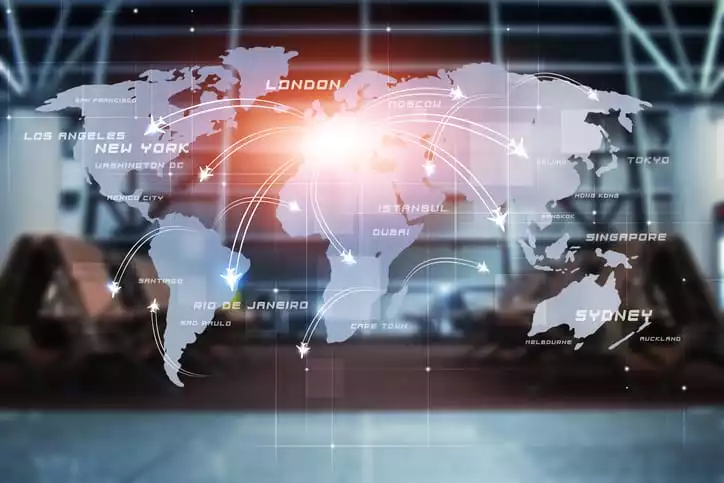

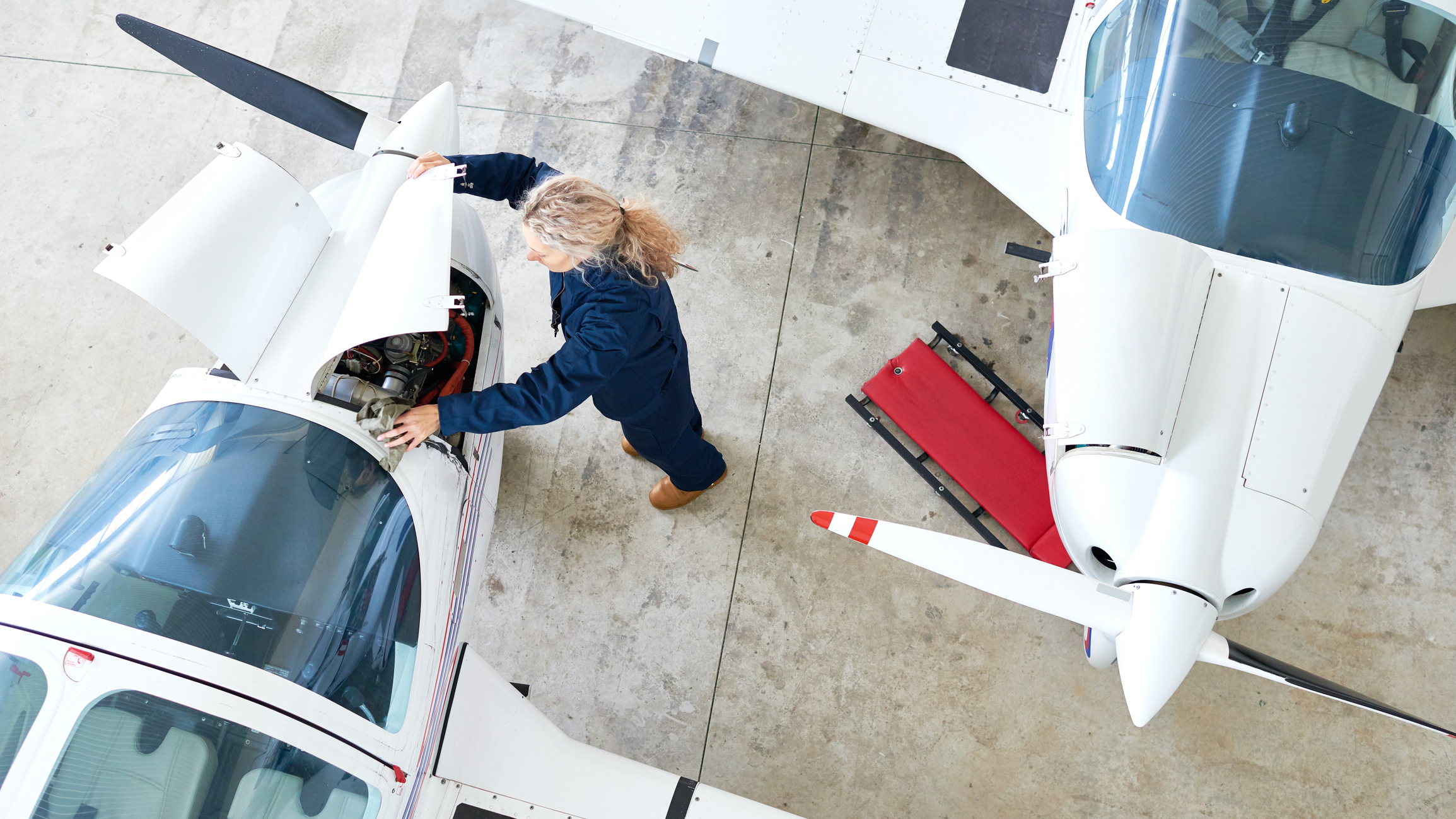
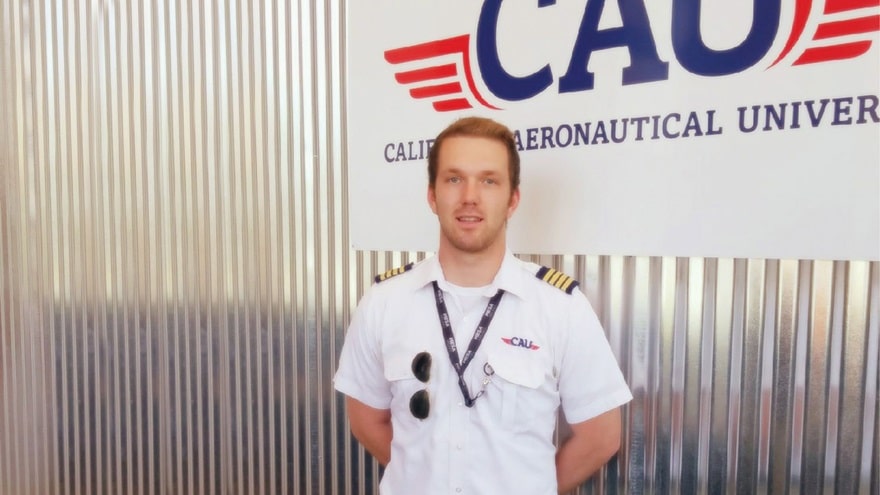
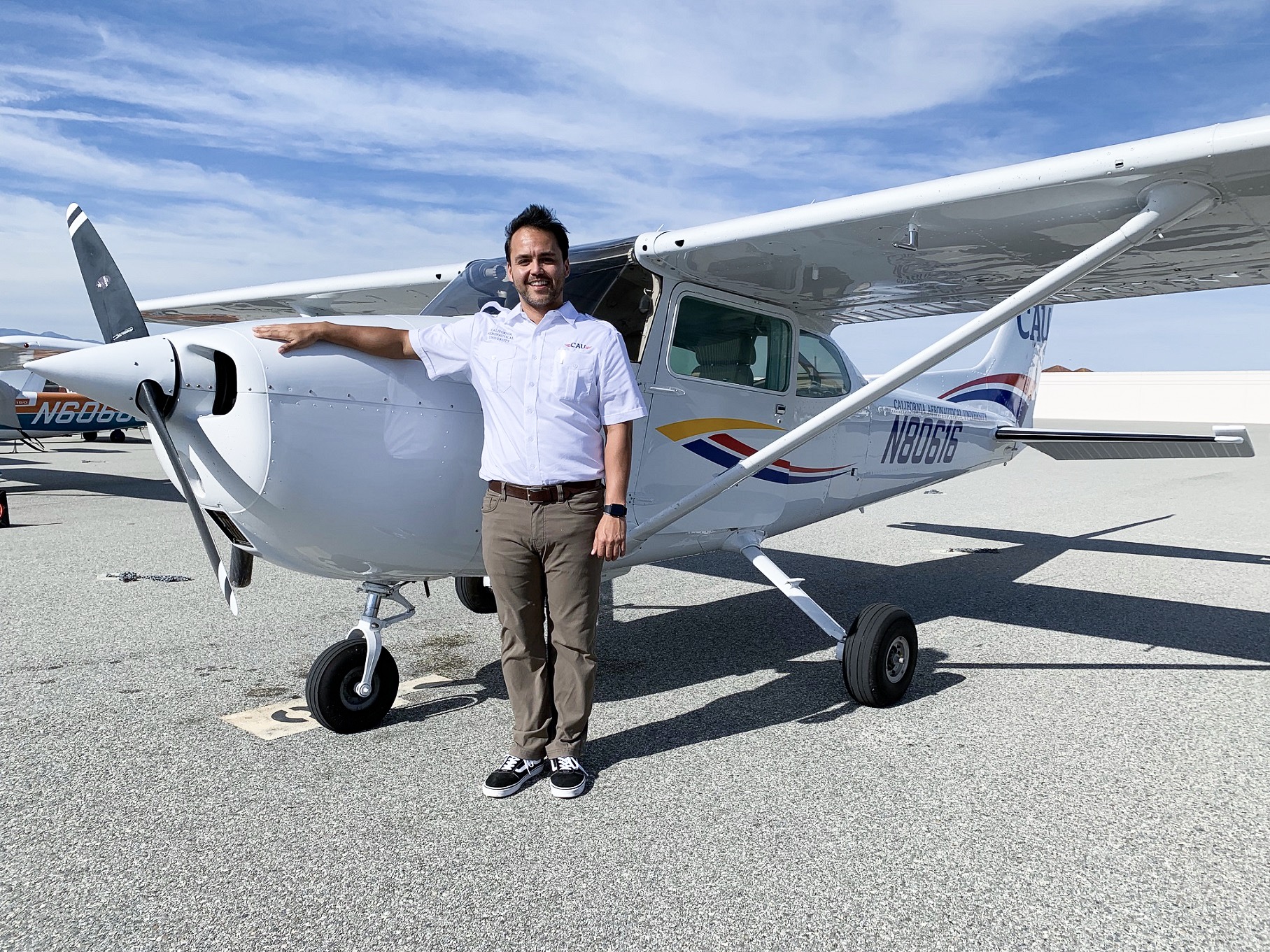
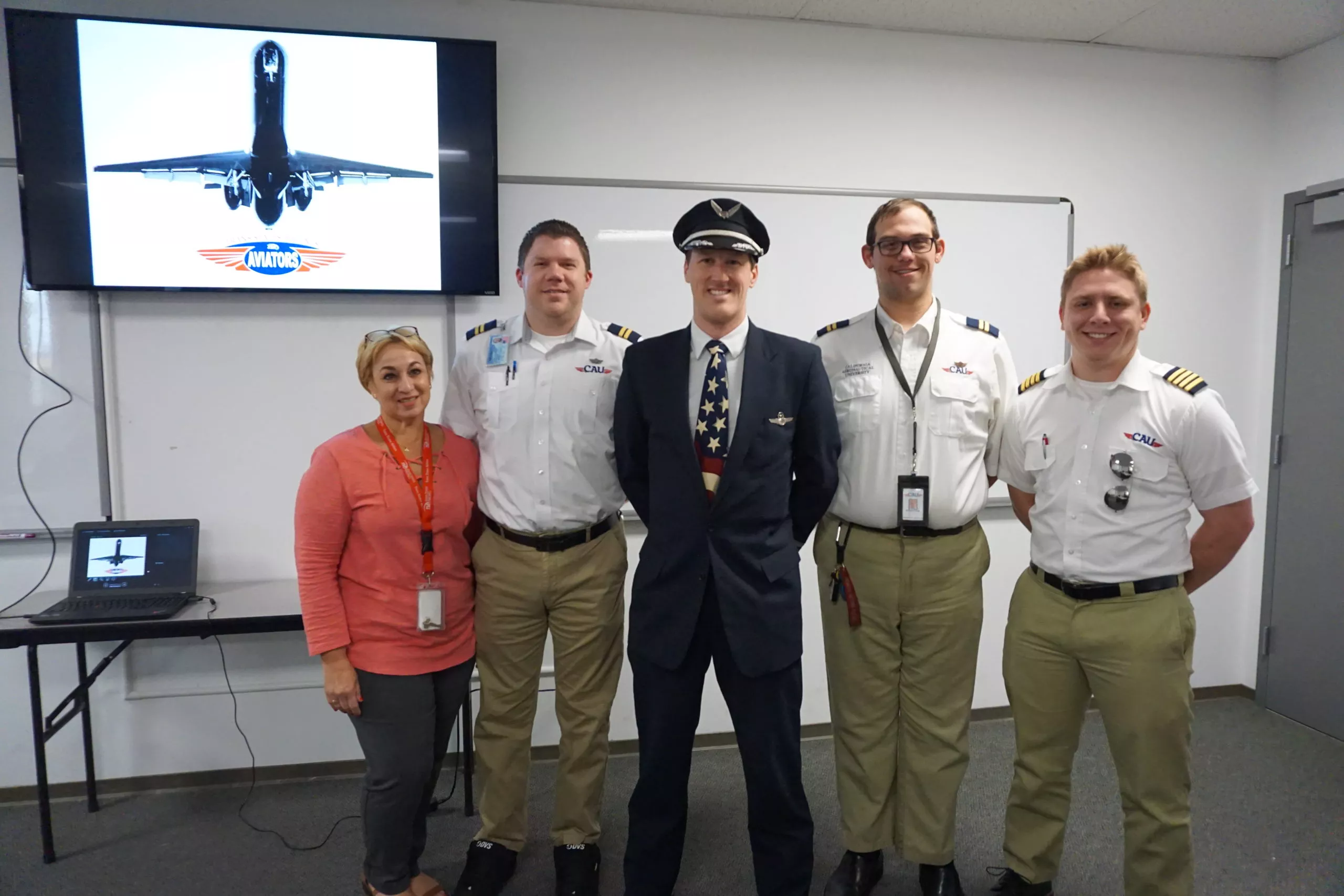
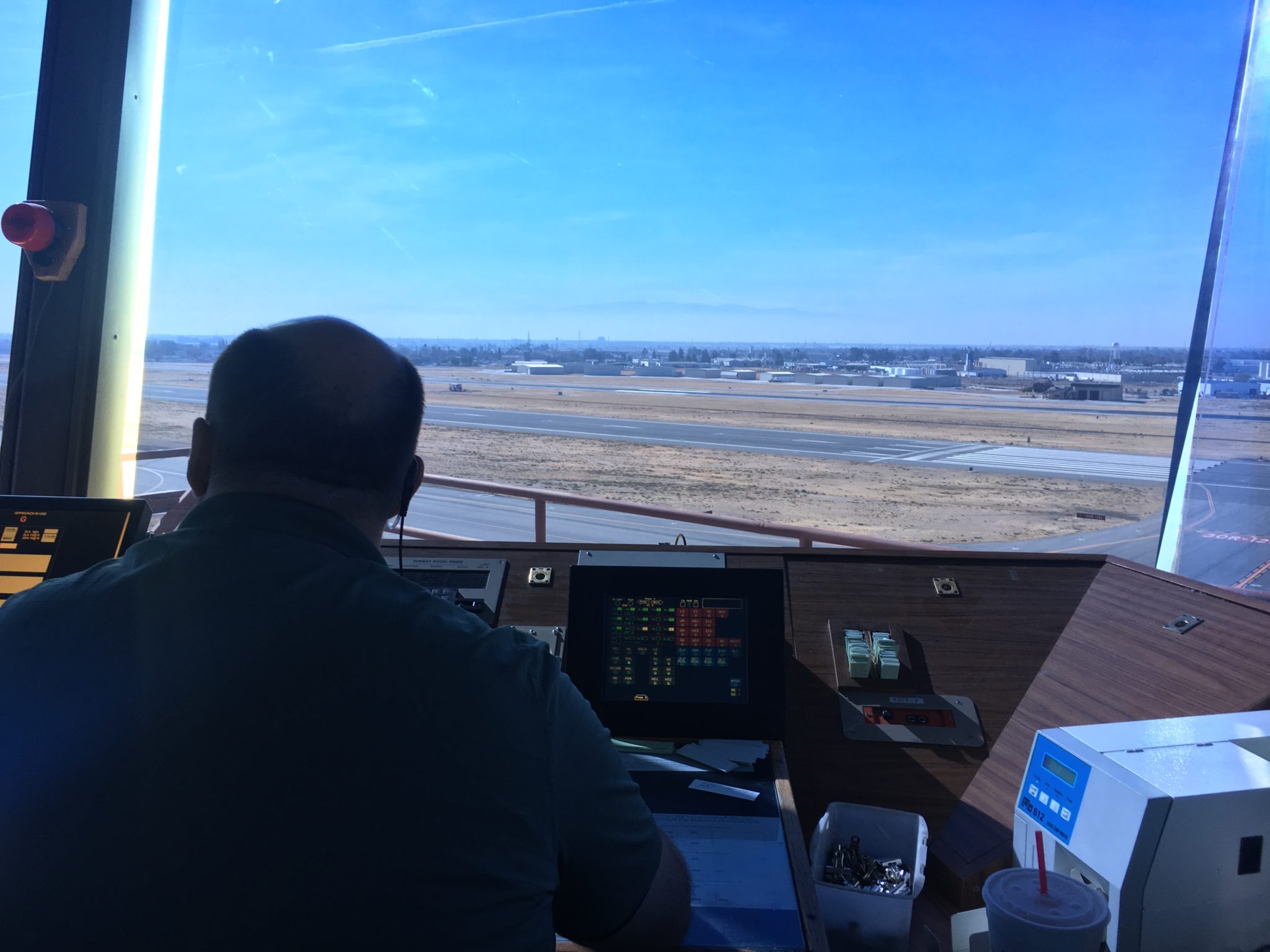
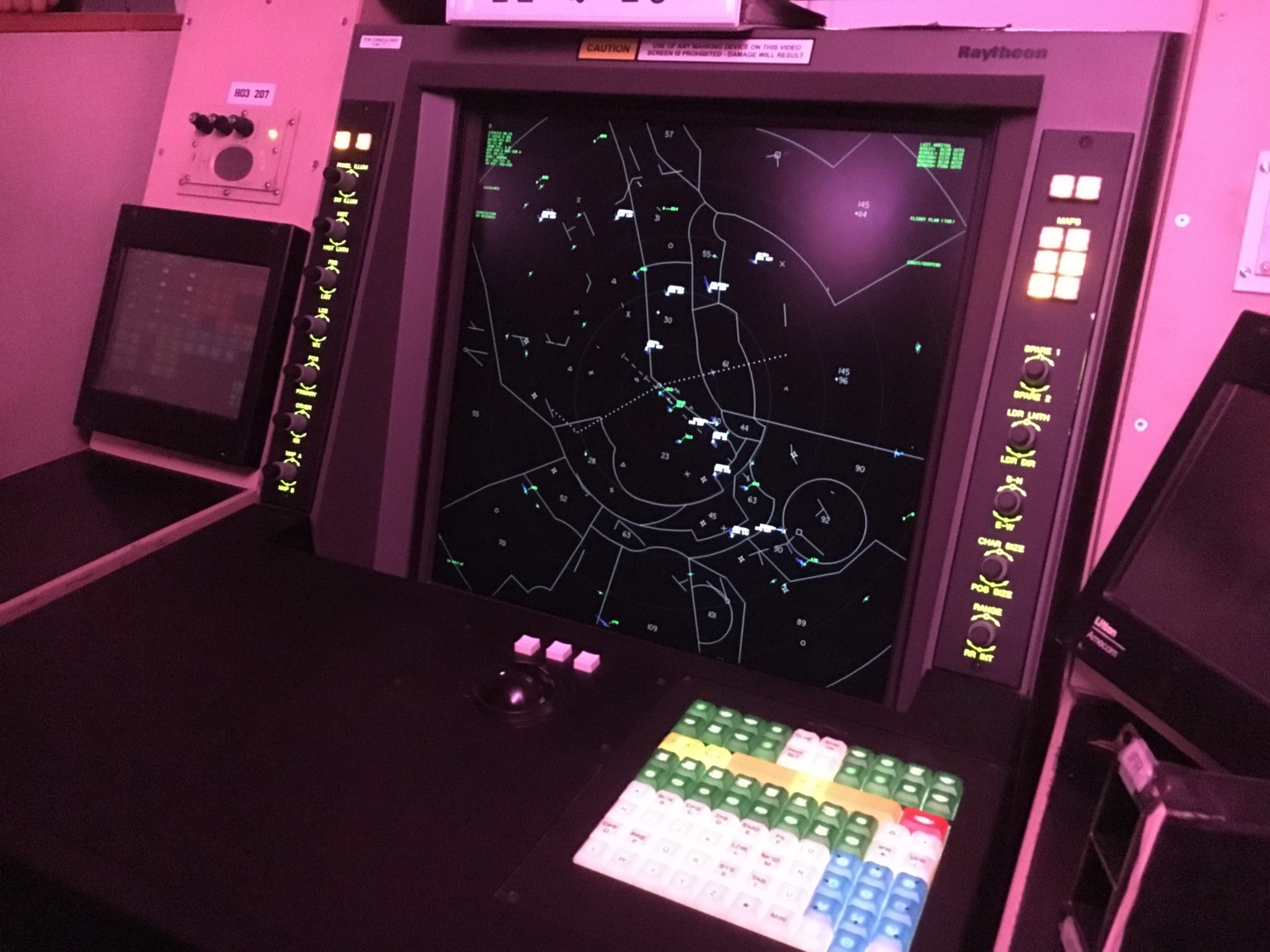

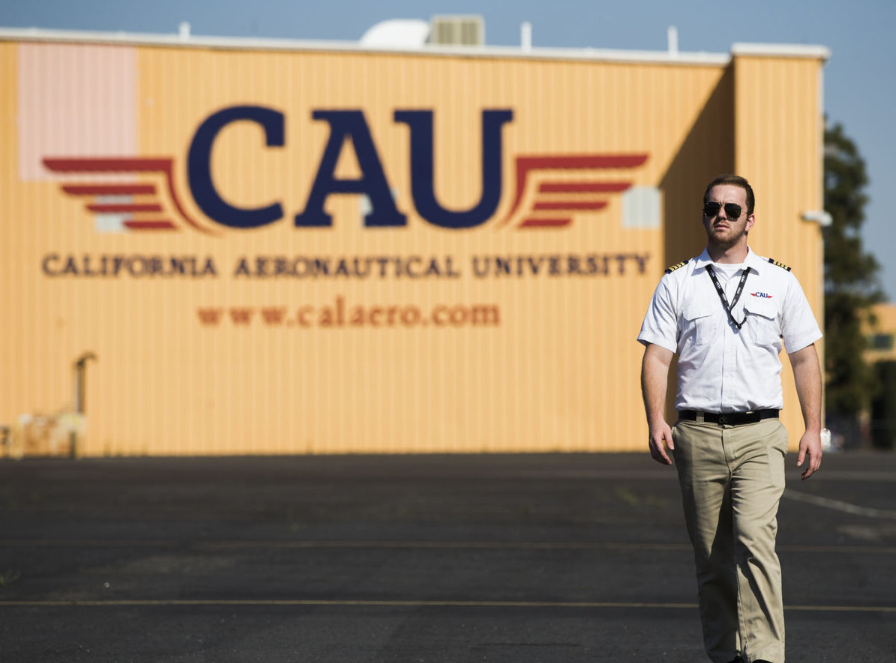
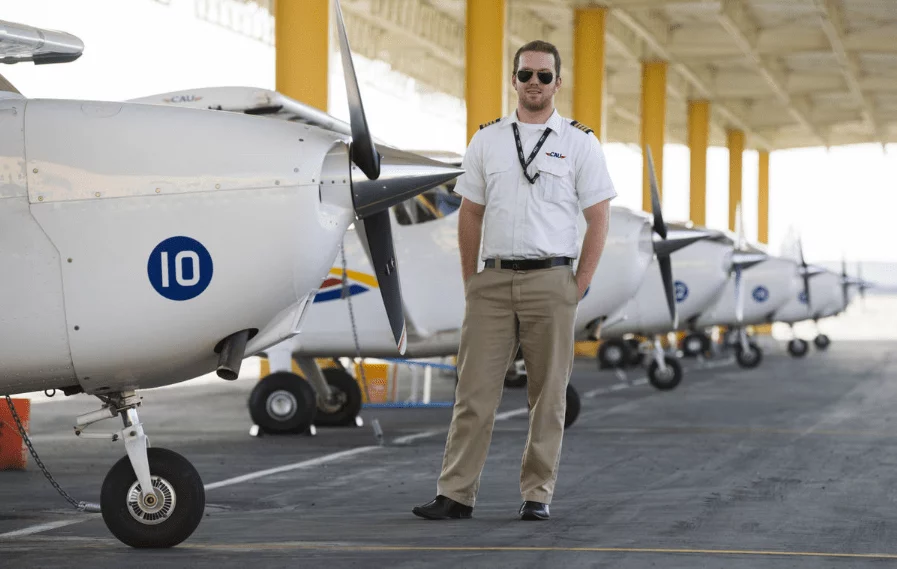
The explanation is exceptional, if one had no idea about flight dispatch it’s here all of it, thanks for clarity of information. Id like to come to Carlifonia Aeronautical university for a flight operations and dispatch course work.
Great detailed explanation of a Flight Dispatcher. I held this job in the Air Force, Airfield Management Specialist, was the job title, quite some yrs ago. I loved my job and recently have been looking to get back in the field. Is there funding available for the FAA Certification course?